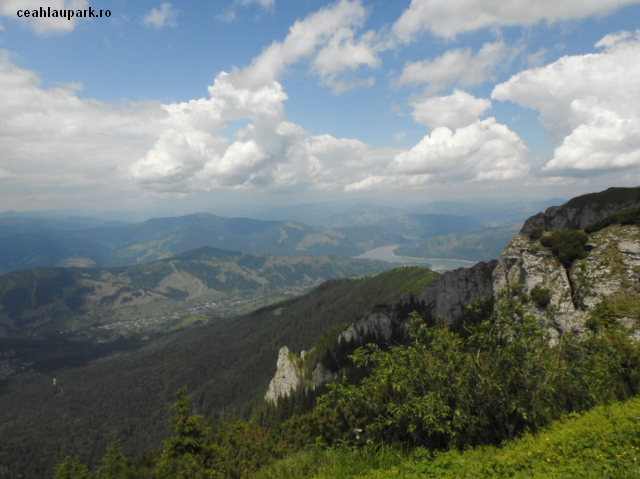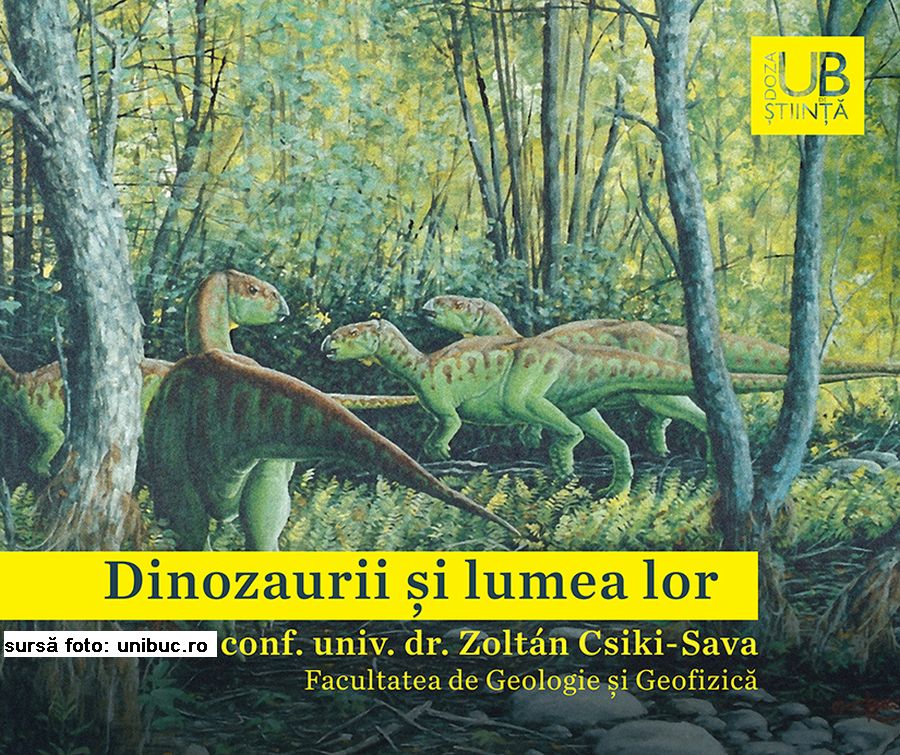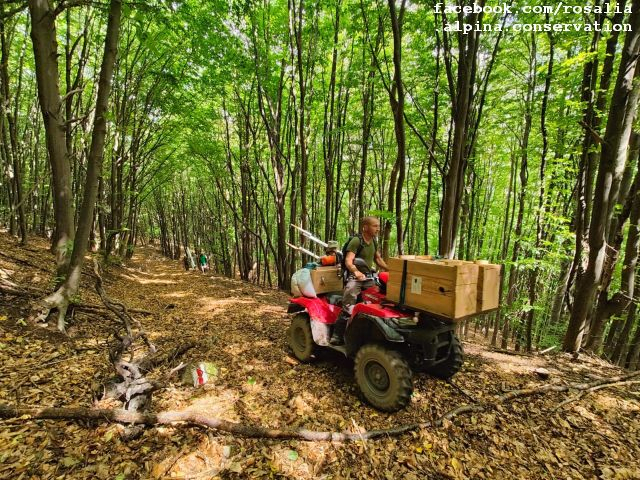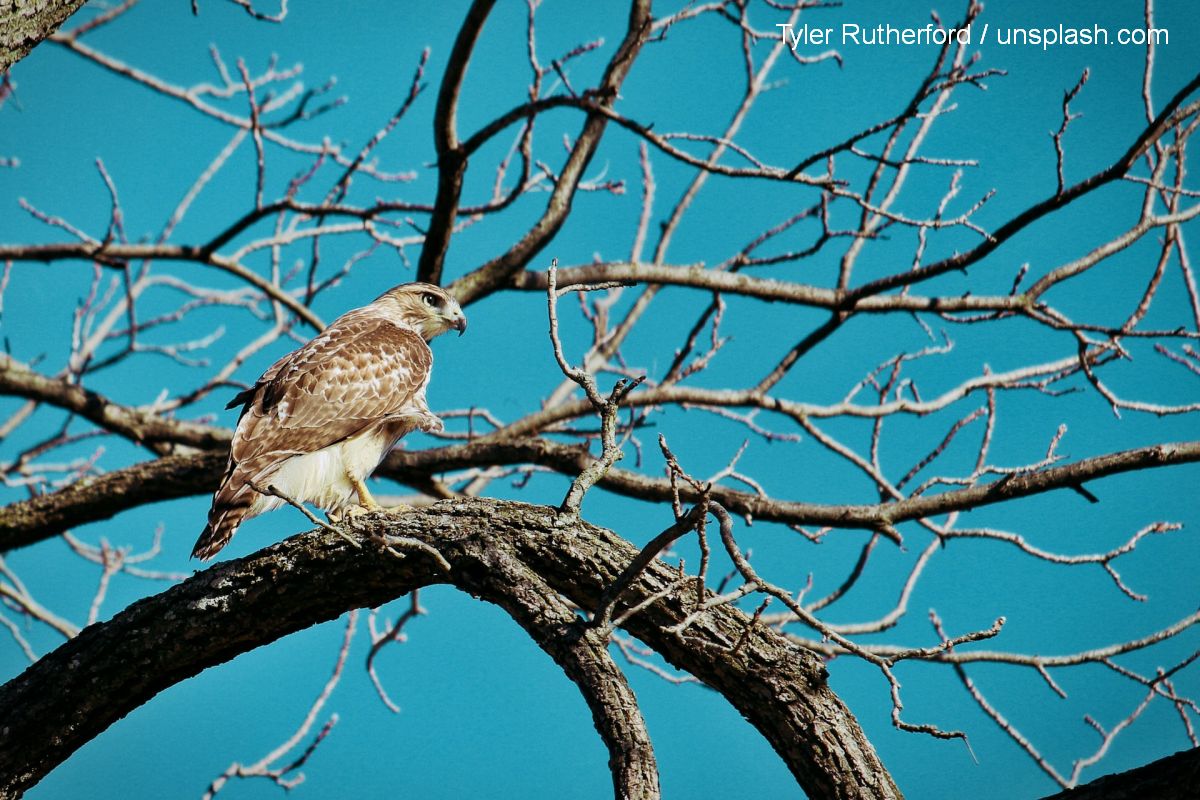The Ceahlau National Park
The Ceahlau National Park is a protected area of national interest located in northeastern Romania, on a surface area of more than 7,000 hectares in the Ceahlau Mountains. The area is known for its remarkable biological diversity, and the forests in Ceahlau are home to almost all animal species found in the Carpathians. The mountain’s strange rock formations created in time by natural phenomena have given rise to many legends and are today popular tourist attractions: Toaca, Panaghia, Caciula Dorobantului, Stanca Dochiei, Detunatele, Claile lui Miron and Piatra cu Apa. Legend also has it that the name of the mountain comes from a species of eagle called “ceahlai” that used to live here. Historian Daniel Dieaconu has published a collection of tens of different legends and stories about Mount Ceahlau: “Mount Ceahlau is not the highest in Romania and not even the highest in the Eastern Carpathians, but it is surrounded by deep valleys, which makes it look very impressive. It also stands out for its spectacular precipices and strange rock formations that have stimulated people’s imagination. Trying to make sense of the curious shapes of the rocks, people often resorted to fantastical explanations. This is how the legends of the mountain were born, of which we have collected 52. No other mountain has given rise to so many legends. Ceahlau is a true Romanian Meteora given the many hermitages and monasteries can be found on the mountain and around it. Historians and anthropologists say Ceahlau may have been regarded by the Dacians as a sacred mountain. Later, with the spread of monasticism north of the Danube, the hermits arriving from Athos chose this mountain as their home. Ceahlau has a patron saint and a special feast day, just like Mount Athos. With the rediscovery of folk traditions by young intellectuals in the 19th century, Vasile Alecsandri and Alecu Russo are among the first to come here and record the local legends. From a shepherd, Gheorghe Asachi learnt the legend of Dochia and Trajan, which went on to become a founding myth of the Romanians.”

România Internațional, 28.10.2016, 13:59
The Ceahlau National Park is a protected area of national interest located in northeastern Romania, on a surface area of more than 7,000 hectares in the Ceahlau Mountains. The area is known for its remarkable biological diversity, and the forests in Ceahlau are home to almost all animal species found in the Carpathians. The mountain’s strange rock formations created in time by natural phenomena have given rise to many legends and are today popular tourist attractions: Toaca, Panaghia, Caciula Dorobantului, Stanca Dochiei, Detunatele, Claile lui Miron and Piatra cu Apa. Legend also has it that the name of the mountain comes from a species of eagle called “ceahlai” that used to live here. Historian Daniel Dieaconu has published a collection of tens of different legends and stories about Mount Ceahlau: “Mount Ceahlau is not the highest in Romania and not even the highest in the Eastern Carpathians, but it is surrounded by deep valleys, which makes it look very impressive. It also stands out for its spectacular precipices and strange rock formations that have stimulated people’s imagination. Trying to make sense of the curious shapes of the rocks, people often resorted to fantastical explanations. This is how the legends of the mountain were born, of which we have collected 52. No other mountain has given rise to so many legends. Ceahlau is a true Romanian Meteora given the many hermitages and monasteries can be found on the mountain and around it. Historians and anthropologists say Ceahlau may have been regarded by the Dacians as a sacred mountain. Later, with the spread of monasticism north of the Danube, the hermits arriving from Athos chose this mountain as their home. Ceahlau has a patron saint and a special feast day, just like Mount Athos. With the rediscovery of folk traditions by young intellectuals in the 19th century, Vasile Alecsandri and Alecu Russo are among the first to come here and record the local legends. From a shepherd, Gheorghe Asachi learnt the legend of Dochia and Trajan, which went on to become a founding myth of the Romanians.”
Visitors to the area will find here deep forests, alpine meadows, juniper trees, waterfalls, solitary cliffs, historical vestiges and monuments of nature. They can choose from among the seven different 5-6 km long routes that start from the foot of the mountain and go up, even all the way to Peak Toaca, at an altitude of 1,900 m.
Daniel Dieaconu tells us more: “Mount Ceahlău has many routes for trekking. Tourists can start their trip from Bicaz, Durău as well as from the other communes surrounding it. The most important gates to the park are Durău and Izvorul Muntelui, near Bicaz, where you will find a tourist information center. In 2015 billboards were mounted along the mountain routes providing information on biodiversity and legends of the mountain in English and Romanian.”
Mount Ceahlău’s forests are mainly made up of beech, hornbeam and fir trees and its fauna and flora are very diverse, says Daniel Dieaconu: “Ceahlău has more than 400 flora genuses and over 1000 species accounting for two thirds of Romania’s entire flora. Ceahlău is a genuine natural lab. It’s no wonder that the students of many faculties come here for practical studies. We have a reserve of larch trees, which, despite being conifers, are actually deciduous trees that lose their leaves in the autumn. The reserve is called Polita cu crini — the Lily Shelf and is included in the strictly protected area. Mount Ceahlău has its own specific species such as the mountain lily – Lilium martagon or the garden pink – Dianthus Caryophyllus. In 1970, 16 chamois were brought to Mount Ceahlău from Retezat. The chamois were placed in an enclosed area, but following a strong tempest the enclosure was destroyed and the chamois spread in the Giurgeu mountains. At present there are more than 100 chamois in the area and people could see groups of more than 20. On Mount Ceahlău you will also find wild animals such as the brown bear and the lynx as well as roosters.”
The Ceahlău National Park was designated a Site of Community Importance in 2007 for 13 habitats and several other mammal species, amphibians and reptile and plant species. Over the past years various projects have been run to protect the area so as to preserve these wonders of nature.






























